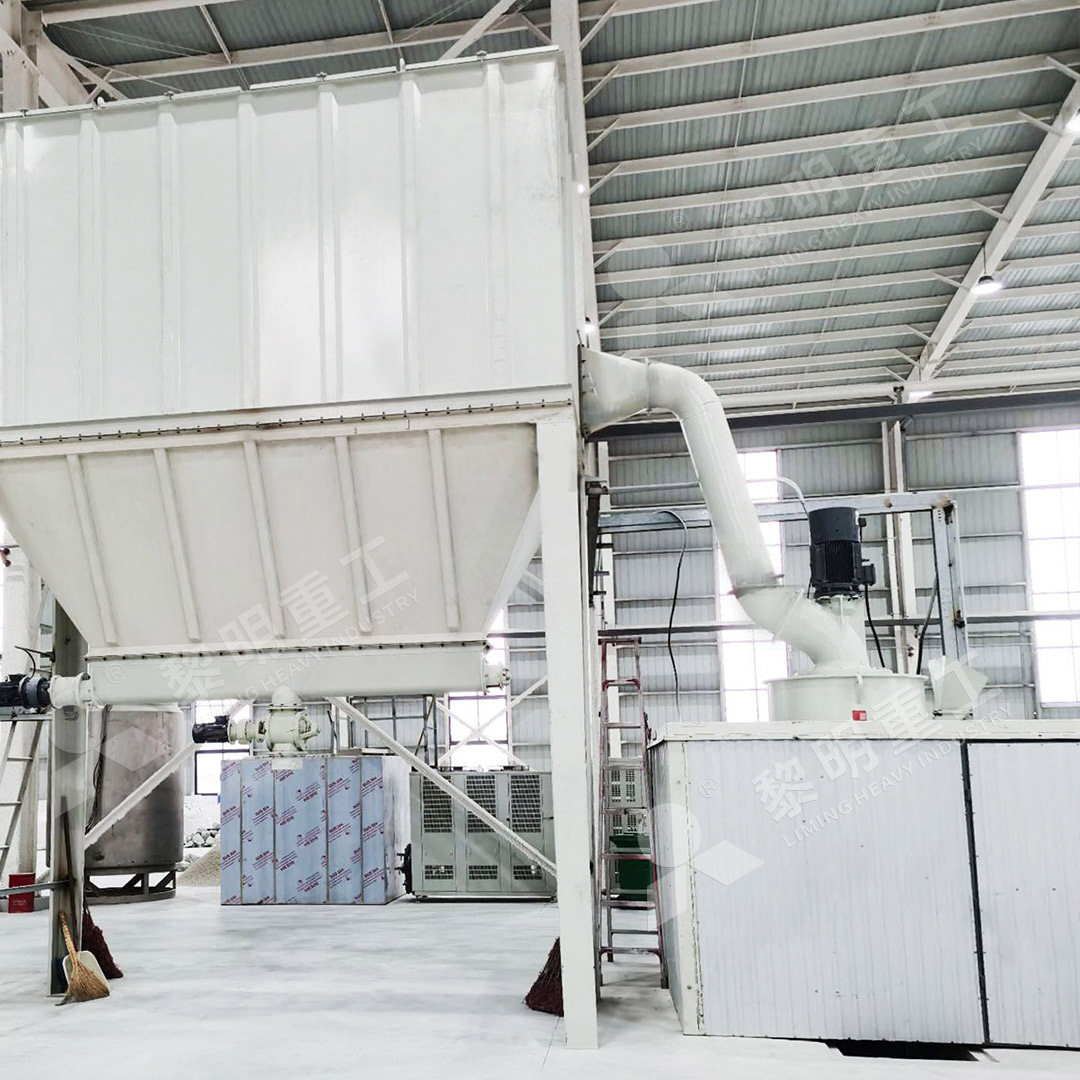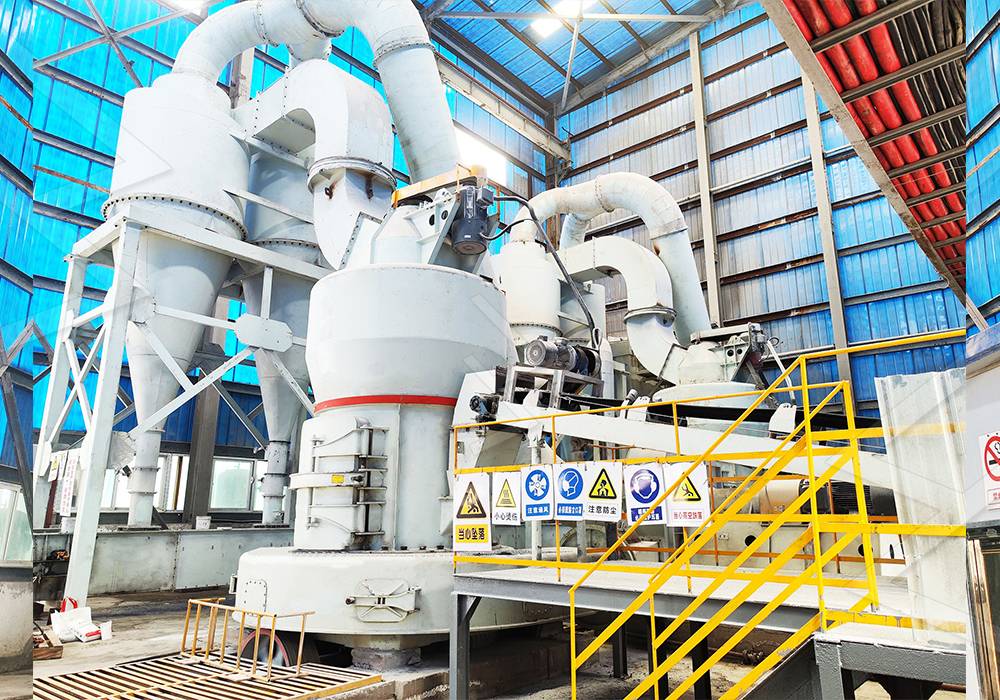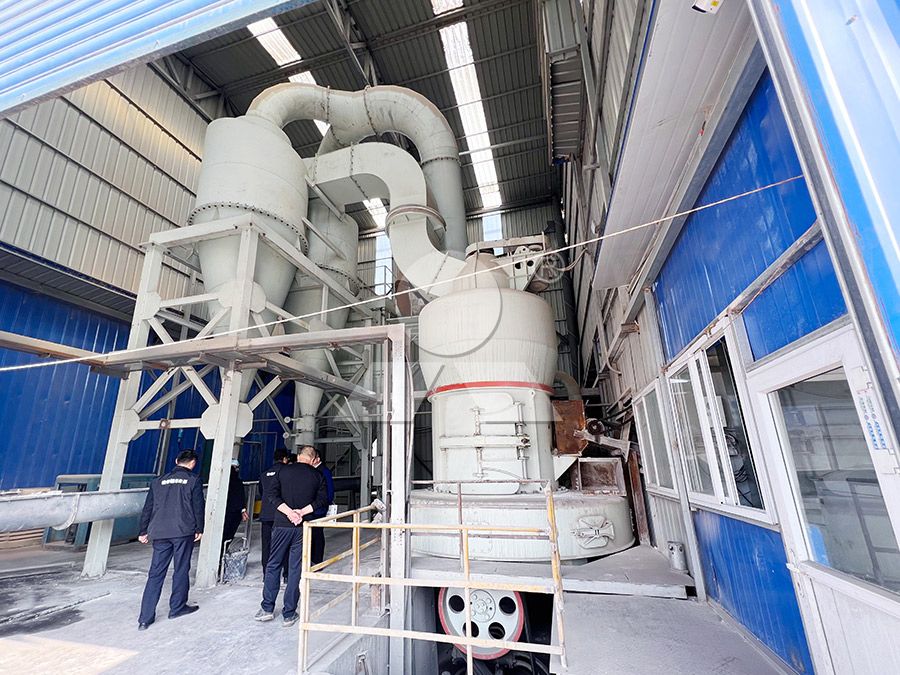Raymond Mill Equipment: A Comprehensive Guide to Selection and Operation
Raymond Mill Equipment: A Comprehensive Guide to Selection and Operation
Selecting the right grinding equipment is crucial for optimizing production efficiency and product quality in various industrial applications. Raymond mill technology has evolved significantly since its inception, with modern iterations offering enhanced performance, energy efficiency, and operational reliability. This guide provides essential insights for making informed decisions when choosing and operating grinding equipment.
Understanding Your Grinding Requirements
Before selecting any grinding equipment, carefully evaluate your specific needs. Consider the material characteristics, required production capacity, desired fineness, and operational constraints. The input size, hardness, moisture content, and abrasiveness of your raw materials will significantly influence your equipment choice. Additionally, assess your space limitations, power availability, and environmental compliance requirements.

For operations requiring ultra-fine powder production between 325-2500 meshes, the MW Ultrafine Grinding Mill presents an exceptional solution. With an input size capacity of 0-20 mm and production rates ranging from 0.5 to 25 tph, this machine combines high efficiency with environmental consciousness. The integrated pulse dust collector and muffler system effectively minimizes dust and noise pollution, ensuring compliance with stringent environmental standards while maintaining consistent output quality.
Key Operational Considerations
Successful mill operation depends on proper installation, regular maintenance, and optimized process parameters. Ensure adequate foundation preparation and correct alignment during installation to prevent premature wear and vibration issues. Establish a comprehensive maintenance schedule that includes regular inspection of grinding components, lubrication systems, and classifier mechanisms.
Operators should monitor key performance indicators such as power consumption, product fineness, and throughput rates to identify potential issues early. Modern grinding mills often feature advanced control systems that facilitate parameter optimization and troubleshooting. Proper training for operational staff is essential for maximizing equipment lifespan and maintaining consistent product quality.

Advanced Technology for Enhanced Performance
Contemporary grinding mills incorporate sophisticated technologies that significantly improve operational efficiency. The MW Ultrafine Grinding Mill exemplifies this advancement with its innovative design that eliminates rolling bearings and screws within the grinding chamber. This revolutionary approach prevents common failure points and enables external lubrication without shutdown, supporting continuous 24-hour operation.
The cage-type powder selector, incorporating German technology, ensures precise particle separation and adjustable fineness control. This system achieves remarkable screening efficiency with d97≤5μm in a single pass, reducing the need for recirculation and minimizing energy consumption. Compared to traditional jet mills and ball mills, this technology delivers 40% higher capacity with only 30% of the energy consumption.
Material Versatility and Application Range
Modern grinding equipment handles diverse materials across multiple industries. From limestone, calcite, and dolomite to specialized applications in chemicals, paints, cosmetics, and food additives, the right mill can process various substances with consistent results. The MW Ultrafine Grinding Mill demonstrates particular effectiveness with materials requiring ultra-fine particle size distribution while maintaining product purity.

For operations requiring vertical grinding solutions with independent design capabilities, the LUM Ultrafine Vertical Grinding Mill offers another excellent option. Combining Taiwanese grinding roller technology with German powder separating technology, this mill integrates grinding, grading, and transporting functions in a single compact unit. With an input size of 0-10 mm and capacity ranging from 5-18 tph, it represents a sophisticated choice for ultrafine powder production.
Maintenance and Long-Term Reliability
Proactive maintenance strategies significantly extend equipment lifespan and reduce operational downtime. Modern mills feature designs that facilitate easier access to critical components, with some models incorporating reversible structures that simplify roller maintenance. Digital processing techniques ensure high precision manufacturing of core components, enhancing overall reliability and performance consistency.
Comprehensive technical support and genuine spare parts availability are crucial considerations when selecting grinding equipment. Manufacturers with integrated production and service capabilities provide greater assurance of long-term operational stability and prompt resolution of technical issues.
Frequently Asked Questions
What factors should I consider when selecting a grinding mill?
Key considerations include material characteristics, required production capacity, desired fineness, energy consumption, space constraints, and environmental compliance requirements. Additionally, evaluate maintenance accessibility, spare parts availability, and manufacturer support services.
How does the MW Ultrafine Grinding Mill achieve higher efficiency?
The MW mill incorporates newly designed grinding curves that enhance grinding efficiency, a cage-type powder selector for precise particle separation, and eliminates internal rolling bearings and screws that commonly cause maintenance issues. These innovations collectively deliver 40% higher capacity with 30% less energy consumption compared to conventional mills.
What maintenance is required for optimal mill performance?
Regular inspection of grinding components, monitoring of lubrication systems, classifier maintenance, and wear part replacement according to manufacturer recommendations. The MW mill’s external lubrication system enables maintenance without shutdown, significantly reducing downtime.
Can the same mill process different materials?
Yes, modern mills like the MW Ultrafine Grinding Mill handle various materials including limestone, calcite, dolomite, gypsum, barite, and talc. However, parameter adjustments and potentially different classifier configurations may be necessary when switching between materials with significantly different characteristics.
What environmental benefits do modern grinding mills offer?
Contemporary designs incorporate efficient pulse dust collectors, mufflers, and noise elimination systems that minimize environmental impact. The MW mill operates according to national environmental protection standards with no dust pollution during operation and significantly reduced noise levels.
